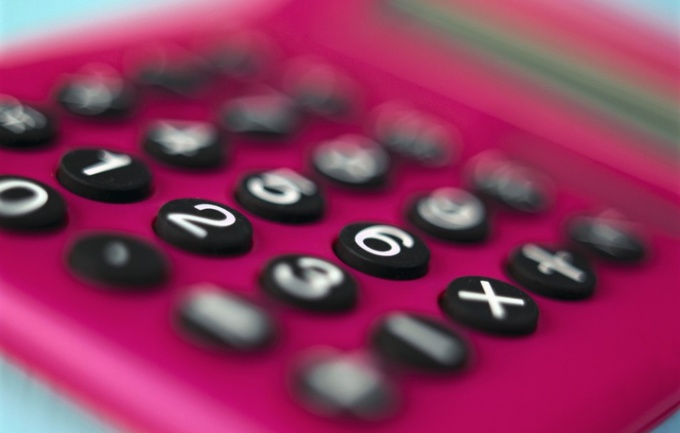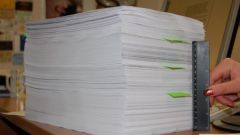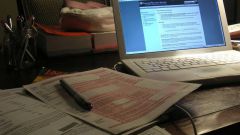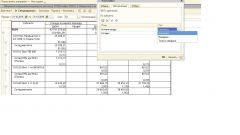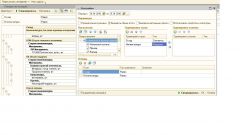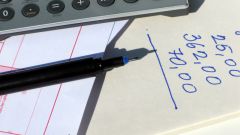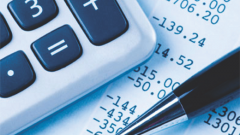Instruction
1
In the trial balance contains information on the balances at the beginning and at the end of the period for each account, and the turnovers on the debit and the credit in this period. It should be filled out after you make all the transactions for each account, write off the cost, accrued depreciation, output all types of income.
2
Compiled this accounting document on the basis of the checkerboard. Suppose that some accounts had balances at beginning of the period. In the columns of "Balance at the beginning of the period and Balance at end of period" should only be one amount, either debit or credit. Active accounts must have balances on the debit side, passive on the loan.
3
All the momentum for the month (represent the amount of transactions and credit and debit) are recorded in the appropriate column. They can be credit and debit.
4
At the end of filling of the statement we need to calculate the totals in each column. To check the correctness of the trial balance just. The rule must be pairwise equality totals of all columns: debit initial credit balance equals the opening balance, the debit turnover for the period the credit is equal to the momentum of the final debit balance equal to the ending credit balance.
5
This document can usually be of synthetic accounts, but it is quite possible the preparation of detailed statements on the analytical accounts. The end result of a specific analytical group must be equal to the figure entered in the working capital statement in a cell in this synthetic account.
6
After a full check trial balance data should be transferred to the balance sheet.
7
Of course, now most businesses are computer programs, which greatly facilitate the bookkeeping, but the ability to manually fill in the trial balance will help to see the full picture of movement of funds.
